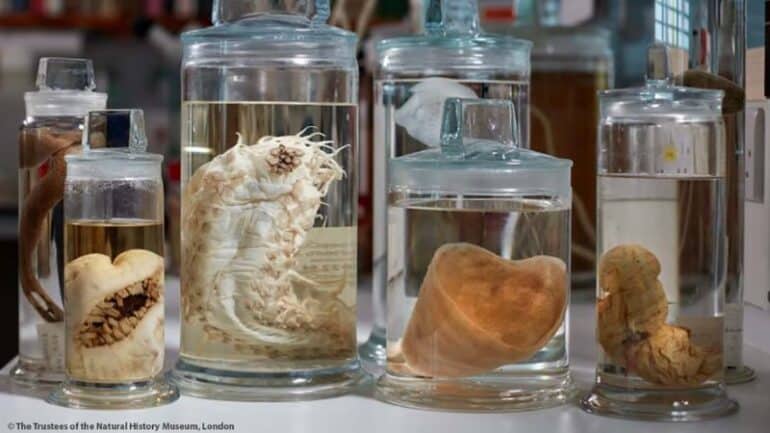We know more about space than we do the deep depths of the ocean, so it is no surprise that there are unknown species down there.
However, a recent research project has discovered more than 5,000 new species deep in the ocean, and most of the animals in the zone are new to science.
Click the link below and listen the full episode:
On today’s episode of The Science Briefing, Dr Sophie Calabretto is joined by Matthew Ward Agius to discuss the 5,000 new species discovered and what that has to do with mining.
Researchers have made an astounding revelation in an unexplored region of the Pacific Ocean earmarked as a potential site for deep-sea mining.
Over 5,000 previously unknown species have been unearthed, thriving on the seabed.
These species live in the Clarion Clipperton Zone (CCZ), a mineral-rich area between Mexico and Hawaii.
Agius says the area has been identified as a hotspot for polymetallic nodules containing various essential elements like cobalt and nickel.
Agius is interested in the newly discovered seastar, which looks like a creature from the Netflix hit Stranger Things.

“In season one, there’s the Demogorgon. It’s got this sort of weird head, and when it opens up, it’s like this big sort of weird, fleshy flower. It reminds me exactly of that. This is actually the underside of a seastar,” Agius said.
Agius said there would be potentially twice as many undescribed species living in the Pacific Ocean around this area, and scientists had only done a tiny little patch of it.
“There’s still plenty more to do, and who knows what else is there? Because, at the end of the day, this is an ecosystem. This is an environment that largely has been undisturbed by human beings for millions of years.”
Introducing The Science Briefing: a podcast about the science of everything and your new go-to podcast for your snapshot of science news. Hosted by Dr Sophie Calabretto and featuring journalists from Cosmos Magazine. Hear it on the LiSTNR app now.
